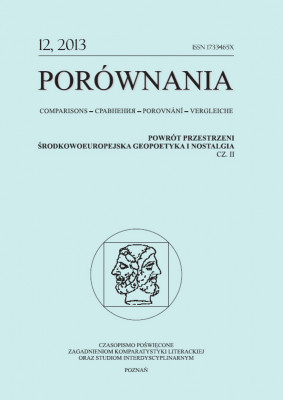Women and Feminity in the Floating World (Ukiyo): Between Reality and Artistic Vision (Based on the Kabuki Theatre and Woodblock Prints Ukiyo-e).
In the beginning of the 17th century, the Japanese knew only the nō theatre (14th–15th c.), and integrally related to it, the kyōgen farce (14th–15th c.), played on the same stage during the same performance. They were used to the fact that only men played in the theatre. When in 1603, which marks the beginning of the Edo period lasting until 1868, a rhythmically-gifted priestess from Izumo shrine, Okuni (Izumo-no Okuni), appeared in Kyoto, nobody suspected that in the near future her performance would give rise to kabuki – a new theatrical genre, which together with the puppet theatre (jōruri) would immediately become a favorite pastime of inhab- itants of most of the Japanese cities (especially Edo and Kyoto), and one of the symbols of the urban culture. It flourished outside the official sphere of the ascetic samurai culture, but with such vivaciousness that even strict regulations imposed by the military government (bakufu) did not prevent its development. Consecutive shogun were not capable of stopping men from visit- ing the pleasure quarters, nor preventing the development of the kabuki and woodblock printing (ukiyo-e), whose outstanding creators portrayed with gusto the floating world (ukiyo) of beautiful geishas, famous actors and commoners. The article focuses on women and feminity in everyday life and in the kabuki theatre in Japan of the Edo period.
| Article Title | Type | Size |
|---|---|---|
| Zeromska | [pdf] | [275 KB] |
